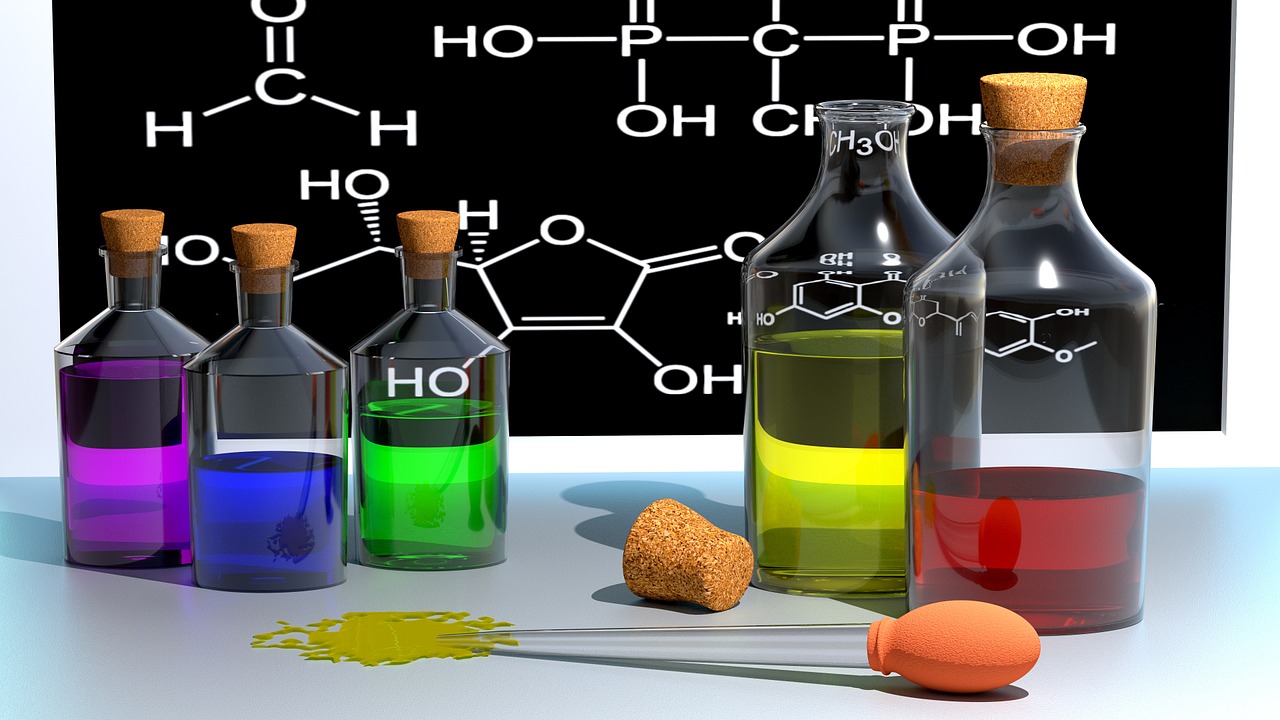The organization points out that there is an urgent need to develop and implement new technologies for the recycling of polymeric waste, going beyond the limitations of chemical recycling, to support the European Green Deal and a transition to a circular economy. Chemical Recycling complements the current recycling approaches and has the potential to be an environmental game-changer by processing polymeric wastes which are currently difficult to recycle, the position paper says. Investment in developing chemical recycling technologies and infrastructure would lead to the creation of new jobs and the protection of the environment by curbing CO2 emissions and increasing EU recycling capacity.
Definition of chemical recycling
According to the position paper, chemical recycling falls unter der definition of ‘Recycling’ as stated in the Waste Framework Directive (2008/98) and has been recognized as a solution to enable a wider range of plastic waste to be recycled and create high-quality secondary raw materials and end products. On this basis, Chemical Recycling Europe calls out for the recognition and acknowledgement of this inclusion by member states, and for this recognition to be reflected through the adjustment of the recycling target calculations to include chemical recycling following the above definition. This recognition would proved long-term visibility to secure investments in chemical recycling technologies, the organisation says.
Harmonisation necessary
It also calls for an urgent review and harmonization of the end-of-waste legislation following the lack of alignment between member states interpretations and procedures for the end-of-waste status as well as the lack of alignment between the Waste Framework Directive and REACH regulation. The clarification of this status should create clear guidelines for an efficient application procedure and clarification on the status of chemical recycling output.
The Extended Producer Responsibility principles should also apply to all recycling technologies, including all chemical recycling techniques, given that they all contribute to providing a solution to make value from waste.
Mass-balance approach
As the paper further states, chemical recycling creates chemical building blocks identical to fossil ones, and therefore should not be distinguished. The only solution to account for the recycled content created in new packaging products is to allocate it through a transparent mass-balance system. Chemical Recycling Europe says that it is committed to develop, in collaboration with the value chain, a transparent and auditable system to ensure full confidence to the allocation and claims related to the chemically recycled output and the recycled content created.
Food-grade applications
Chemical Recycling Europe further states that chemical recycling will be a key solution to offer recycled content for food-grade applications, which represents a large part of the demand for packaging. Mechanical recycling typically results in some carry over of feedstock contamination into the final product and therefore it is very challenging to produce a product suitable for food-contact applications. Chemical recycling technologies can remove contaminants through purification steps and can create outputs comparable to vigin raw materials which are therefore suitable for food-contact applications.
Chemical Recycling Europe therefore supports the view that no EFSA authorization should be necessary for chemical recycling. the organization welcomes the current assessment of the Commission in the amendment of EU Regulation 282/2008/EC that no EFSA authorization would be necessary for “Feedstock Recycling” due to the eliminated contamination following the chemical recycling and cracking unit. However, depolymerization recycling can also follow the same procedure as long as its output is in compliance with the defined characteristics and purity levels as explained in the relevant regulations.










